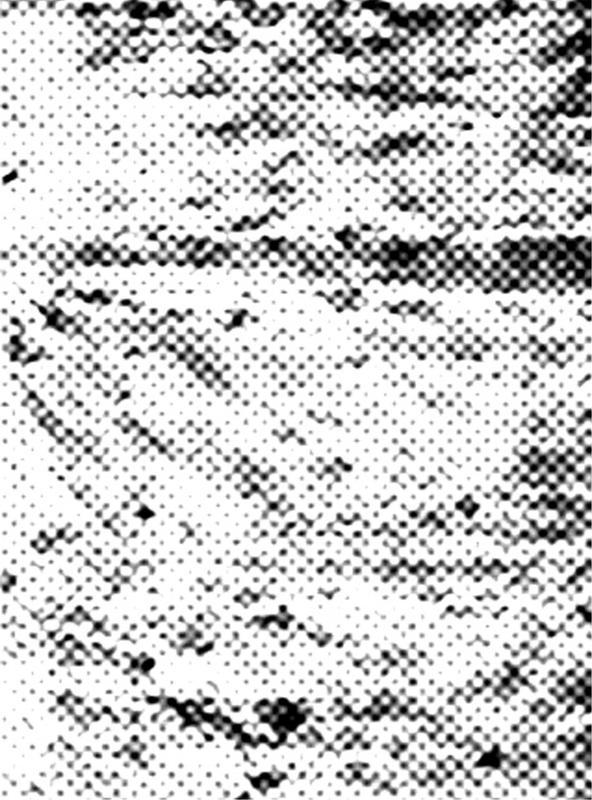11
Parallelisms
Parallelisms (post industrial sites)
Cockatoo Island is another post industrial site, first known as a prison, later as a reformatory school for girls and later as a shipyard. In my thoughts it compares and relates to sites like the Arsenale di Venezia. Known today as one of the most prestigious art and cultural centres in the world, it began its life in 1104 as an impressive military construction and was continually extended from the 14th to the 16th century. (Cockatoo Island was also continually extended by dumping rock fill into the harbour.)
The Arsenale is surrounded by high walls with square towers bearing the insignia of the winged lion. During its golden age, more than 16,000 people worked there. Working in teams and employing jealously guarded techniques, protected as a military secret, these skilled workmen called ‘arsenalloti’ worked astonishingly fast. When in 1570 Cyprus was threatened by the Turks, in just two months they produced 100 ships. The Arsenale di Venezia has two docks and lots of huge buildings.
It is notable that while at the height of the Reinassance Venice was a major ship building centre, almost four centuries later Cockatoo Island served the same purpose as an industrial manufacturing shipyard and a military and secret site for research and development into shipping during World War II.
Today it seems obvious from its location and geological formation that this ‘fortress’ could easily become a world class art centre for exhibits and cultural exchange within the Asian Rim. Australia holds a strategic position in the shifting world of Asian economies and is easily recognizable as a point of cultural fusion.137
Preservation, Renovation & Intervention
To preserve is to keep a memory. The rise of industry or the machine age created a new form of expression within a new building-art. Huge spaces once reminiscent of the Middle Ages would be revived but instead of churches rising from man’s spiritual aspirations, the warehouses were made in a technical style reconciling humanity and machine.
In today’s shift from industrial to digital technology, we inherit these structures, responding to the nostalgia of the relationship between architecture and the changing system of production. These silos, warehouses, workshops, water towers, cranes and so on conform clearly with the purpose for which they were built. Rigid in appearance and implacably expressive of economic demands, they are today a path for freedom and the alternative use of space, carrying unmistakably the new aesthetic elements for implementation, intervention and renovation. To deny their existence or reject their use would be a waste of energy.
As David Leatherbarrow and Moshen Mostafavi point out in Weathering: “(Since) some buildings raise particularly difficult questions about their preservation and conservation, should buildings of this sort always be preserved?” and “Some buildings may be imagined to have a relatively limited lifespan, while others, because they are intended as permanent, may be realized perfectly in time through a series of sequential interventions.” This exactly represents the quality of structures on the island; some were never meant to withstand the test of time while others like the Turbine Hall allow new flexible and potential use.138
